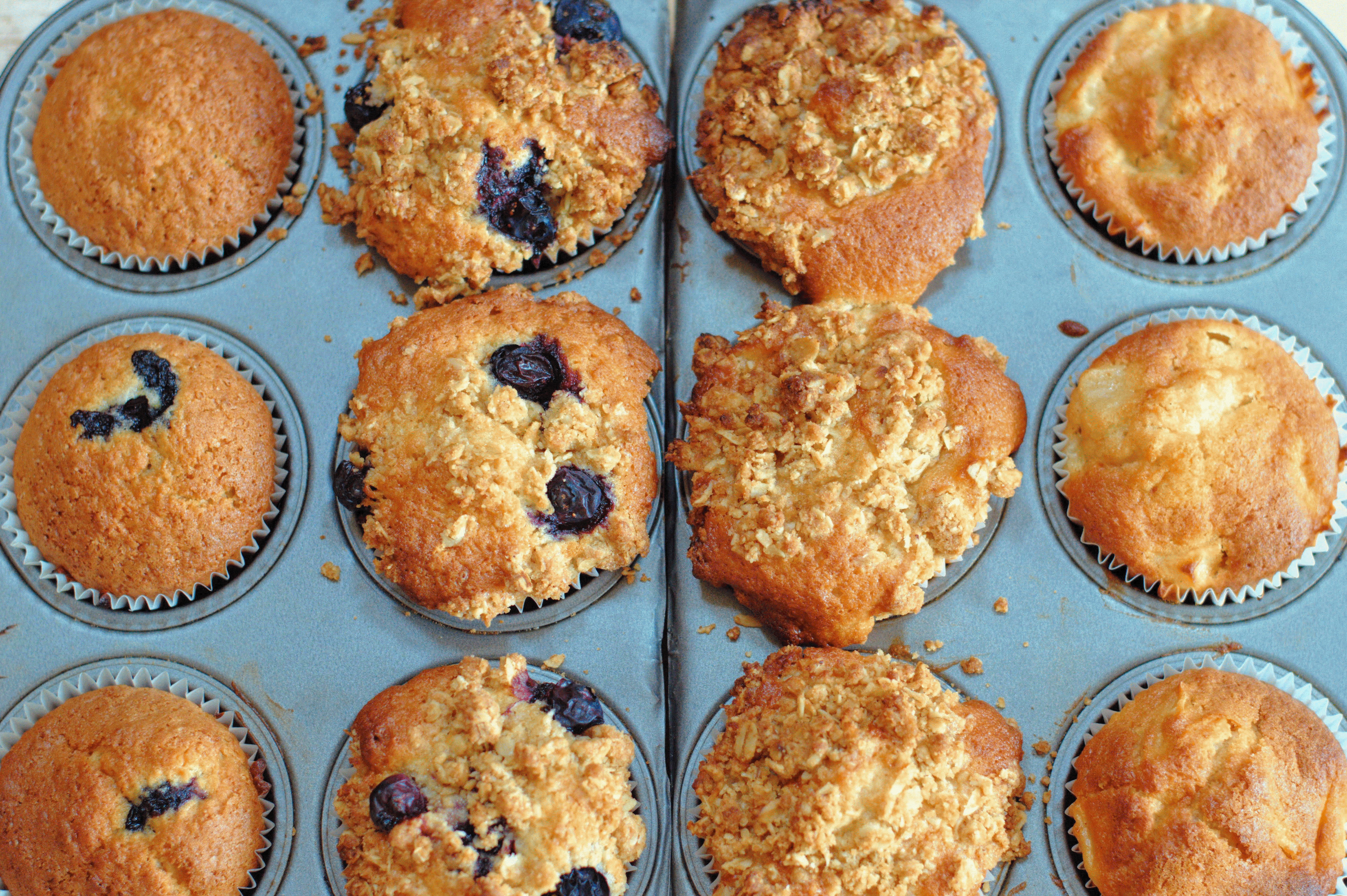I made a cheesecake…finally!
But this is no ordinary cheesecakes. As an artisan-science-man, I’m contractually obligated to make this as convoluted and technical as possible. So get the bath ready, it’s time to bake.
For the full recipe with measurements and techniques, click below
The following measurements were enough to fill a 12cm/6″ springform cake tin.
Preparing the (buttery) biscuit base
Lin a small, spring-form cake tin with baking paper [0:27-0:35 in the video]
For a useful demonstration, check out Inverse Apple Crumble.
Mix the butter with the broken biscuit to form a crumbly mixture ( ~ 2 mins)
- 90g digestive biscuits, finely broken (6 biscuits)
- 40g butter, melted
Tip the mixture into the tin and pres down into the base [0:50-1:00]
Use your fingers, or any other flat surface, such as a glass base…or Starbucks flask.
Transfer the base to the fridge to set. (30-40 mins)
As the base sets up, prepare the filling
Preparing the cheese filling
Separate part of the eggs, keeping the yolks.
- 2 eggs
Whisk together the sour cream, cream cheese, vanilla and remaining dry ingredients.
Whisk until the mixture thickens, and no more. Otherwise you’ll end up whipping it, and the mixture will stiffen.
- 250g soft cheese
- 150g sour cream
- 1 tbs / 15g self raising flour
- 30g castersugar
- 1 tsp vanilla extract
- 1/2 tsp salt
Whisk in the egg and yolks, one after the other.
Not adding the eggs all at once allows the mixture to properly emulsify, preventing it from splitting.
- 1 egg
- 2 yolks
Once the biscuit base has set, continue on with the next steps
Baking the cheesecake
Prepare a water bath and place the cheesecake at it’s center [1:54-2:02]
Now would also be the time to put the kettle on, with plenty of water
- 1 litre of water
Add spots of strawberry purée to the cheesecake and swirl it through the mixture [2:05-2:13]
Be conservative with your swirls here, too much and you’ll lose the defined streaks of strawberry in the mixture (as I did).
- Strawberry Purée
Pour boiling water into the roasting tray
The water level should reach around half way up the side of the tin at the center.
- 1 litre boiling water
Transfer the whole thing to the oven and bake at 140°C (120°C fan). (30-40 mins)
The cheesecake will be done once it’s center reaches 65-70°C.
Any higher than this the eggs risk curdling, leading to a brittle texture, and cracked exterior.
Proceed with the following steps once the cheesecake has reached the the right internal temperature (is baked that is).
Cooling the cheesecake
Turn off the oven and open the door. Leave the cheesecake in there to cool until the surrounding water is around finger temperature. ( ~ 40 mins)
This ensures the cheesecake cools as evenly and as gently as it baked. The last thing we want is for your perfectly baked cheesecake to collapse and crack just because it wasn’t cooled properly!
Transfer the cheesecake from the water bath, straight to the fridge, to cool completely (3 hours minimum)
This is to re-solidify the milk-fats. If the cake is too warm, you’ll lose that velvety texture that comes from the cream cheese setting, and you’ll have something more like quiche or a set custard.
More to read
There you have it! The only recipe you’ll ever need for flawless baked cheesecake. For the strawberry purée recipe, follow this link, and for more on eggs and the importance of temperature control, check out our Examination of Eggs articel (to come).



